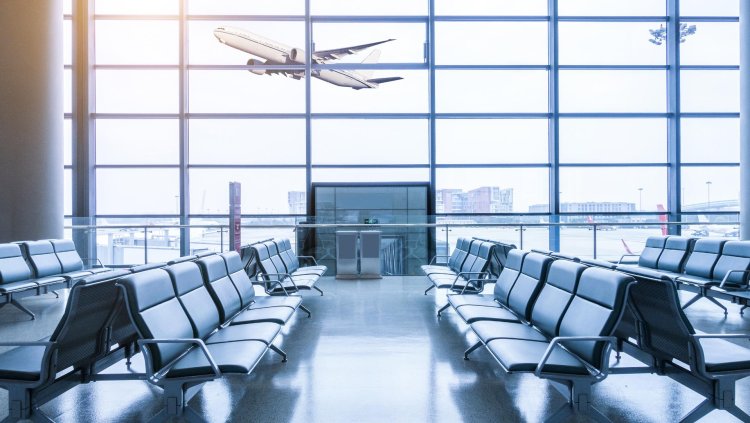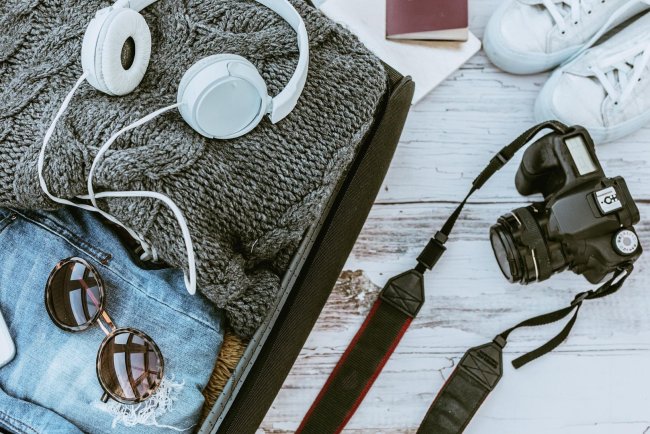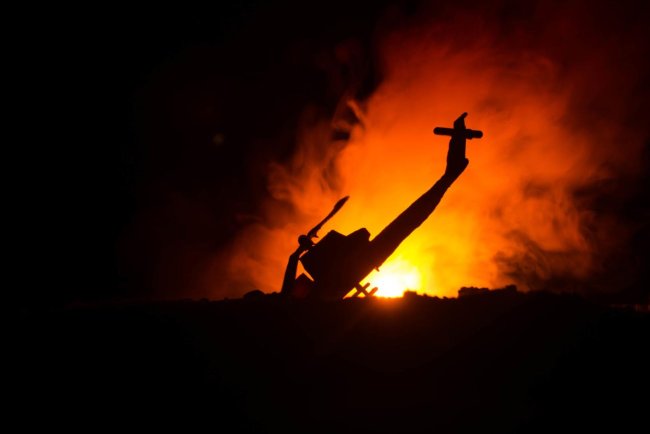1. What should I do if I arrive at my vacation destination and discover there is a wildfire nearby?
If you arrive at your vacation destination and discover a nearby wildfire, first assess the situation by checking local news and air quality updates. Follow any evacuation orders or safety advisories issued by local authorities. Stay indoors as much as possible to minimize exposure to smoke, and use air purifiers or masks if available.
2. How can I find out if there are wildfires near my travel destination before I go?
Before traveling, research wildfire activity in your destination using government websites, such as the National Interagency Fire Center (NIFC) or local fire department websites. Additionally, check travel advisories and news sources for any recent wildfire reports in the area.
3. What should I include in my emergency kit for a vacation in an area prone to wildfires?
An emergency kit should include essentials such as a first aid kit, flashlight, extra batteries, non-perishable food, bottled water, N95 masks, a portable phone charger, important documents, and medications. Ensure the kit is easily accessible and ready for use at any time.
4. How can I protect myself from wildfire smoke while staying indoors?
To protect yourself from wildfire smoke indoors, keep windows and doors closed, use air purifiers with HEPA filters if available, and avoid using heating or cooling systems that draw in outside air. Consider wearing an N95 mask if you need to go outside or if smoke seeps into your accommodation.
5. What are the health risks associated with exposure to wildfire smoke?
Wildfire smoke can cause respiratory issues, eye irritation, and exacerbate pre-existing conditions such as asthma or heart disease. Fine particulate matter (PM2.5) in the smoke can penetrate deep into the lungs and bloodstream, leading to potential long-term health effects. Vulnerable groups include children, the elderly, and those with respiratory conditions.
6. How can I monitor air quality during my stay in an area affected by wildfire smoke?
Use air quality monitoring apps or websites to check current conditions. Websites like AirNow or local government health departments often provide real-time updates on air quality. Pay attention to any advisories or warnings issued by local authorities regarding air quality.
7. What steps should I take if evacuation orders are issued in my area?
If evacuation orders are issued, follow them immediately. Gather your emergency kit and essential belongings, and leave as soon as possible. Plan your evacuation route in advance and avoid roads that may be blocked or unsafe. Stay updated with local news for any changes in the situation.
8. What should I do if I’m unable to evacuate immediately due to roadblocks or traffic?
If you encounter roadblocks or heavy traffic while trying to evacuate, remain calm and find an alternative route if possible. If you cannot evacuate safely, seek shelter in a sturdy building away from the fire's path and continue to monitor updates from local authorities. Stay in touch with emergency services for guidance.
9. How can I ensure my family is safe during a wildfire emergency?
Ensure that everyone in your family is aware of the emergency plan and evacuation routes. Keep your emergency kit prepared and accessible. Communicate regularly with family members to keep them informed about the situation and any changes in plans. Ensure that everyone follows safety protocols to minimize exposure to smoke and flames.
10. What are the signs that wildfire smoke might be affecting my health?
Signs that wildfire smoke might be affecting your health include coughing, throat irritation, shortness of breath, and eye irritation. More severe symptoms could include chest pain and difficulty breathing. If you experience any of these symptoms, seek medical attention promptly.
11. Are there any specific precautions I should take if I have a pre-existing health condition?
If you have a pre-existing health condition, such as asthma or heart disease, take extra precautions to avoid exposure to wildfire smoke. Stay indoors, use air purifiers, and follow your doctor's advice regarding medication and managing your condition during smoke events.
12. What are the best types of masks to use during wildfire smoke events?
N95 masks or respirators that are rated to filter out fine particulate matter (PM2.5) are the most effective for protecting against wildfire smoke. Avoid using masks that do not offer adequate filtration, such as cloth masks or surgical masks, as they are less effective at filtering out harmful particles.
13. How can I find out when it’s safe to return to my vacation destination after a wildfire?
Monitor local news and official updates from local authorities regarding the status of the wildfire and air quality. Follow any guidelines provided for re-entry and ensure that the area is safe before returning. Check for updates on road conditions and potential hazards.
14. What should I do if my property or accommodation has been damaged by wildfire upon return?
If you return to find that your property or accommodation has been damaged, prioritize your safety and follow any instructions from local authorities regarding property access and recovery. Document the damage for insurance purposes and contact your insurance provider for assistance.
15. What resources are available for travelers affected by wildfires?
Travelers affected by wildfires can seek assistance from local emergency services, the American Red Cross, FEMA, and other disaster relief organizations. These resources can provide support, information, and assistance with evacuation and recovery efforts.
16. How can I keep my pets safe during a wildfire?
If you have pets, ensure that they are included in your emergency plans. Keep their essentials, such as food, water, and medications, in your emergency kit. If evacuation is necessary, take your pets with you and make arrangements for their safety and care.




















